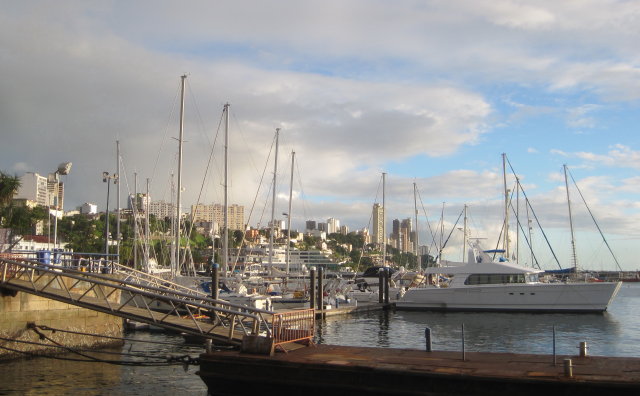Thursday, Day 103
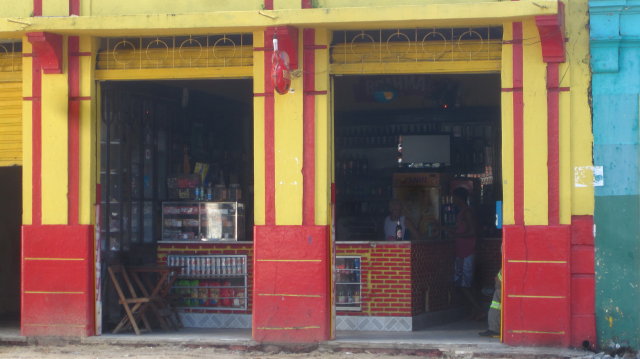
On the second day in Salvador, I take a trip with friends over to the Island of Itaparica in the Bay of All Saints, which turns out to be both pretty and pretty quiet during what is the off season. In summer (November through February down here) many people have second homes on the large island and it is a bustling community. It’s also got a lot of capital construction projects underway renovating historic buildings and squares. Like much of Brazil, they seem to be taking seriously the Olympics in 2016.
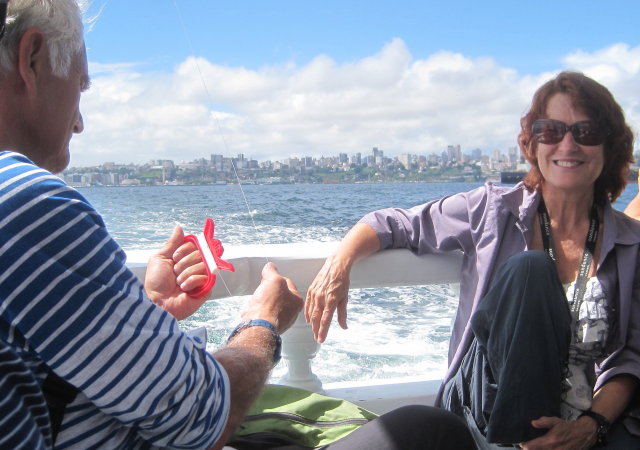
One of our friends brings a kite and sails it off the stern of the ferry boat. It is amazing how flying a kite can make you feel at least forty years younger. I got to take a turn on the line. It is the first time I ever got a chance to fly a kite—let alone do it in Itaparica.
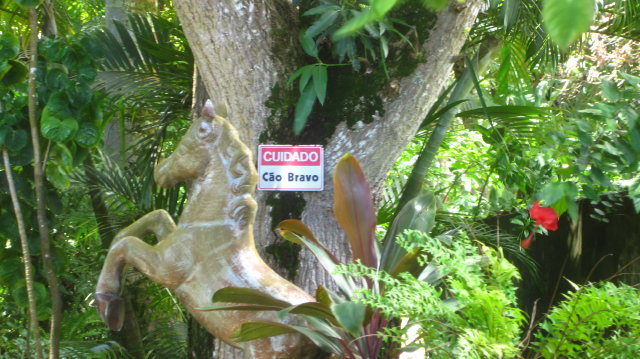
A couple of people decide it’s too desolate for them so they go back across the brilliant blue bay in short order. But Karen, one of the nurse practitioners on the ship, and I stay and do a good amount of walking. We find many worthwhile sights and can recommend it in any season although the long taxi cab drive back across the island to the ferry boat launch in Mar Grande is a little strange. Or we are so ready for something bad to happen that we read too much into an ordinary attempt to get the best deal on the trip in a taxi whose doors only open and close with wrenches from the outside. Anyway, we make it to the pier safely and for the agreed amount of fare.
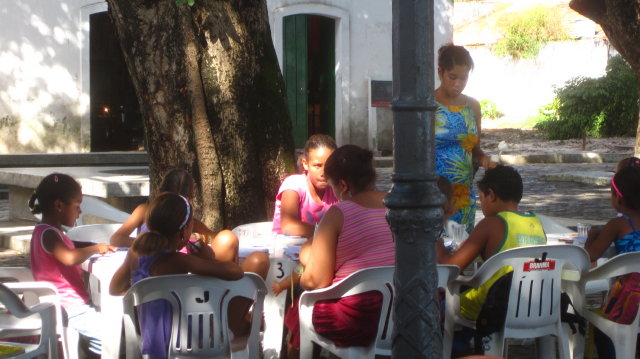
After four months of travel in taxis from ports and through cities we do not know, either well or at all, I can honestly say that one of the hardest things to judge on the front end is a good taxi ride. It is constantly a precarious decision. Only occasionally do we find a good, honest, dependable driver; when we do, we make every effort to use them for everything and refer them to other people. We’re also ready to pay them almost anything they want. Some of the better off students have figured this out and they engage driver/guide services before they even get into port. It costs more but it seems to be worth it.
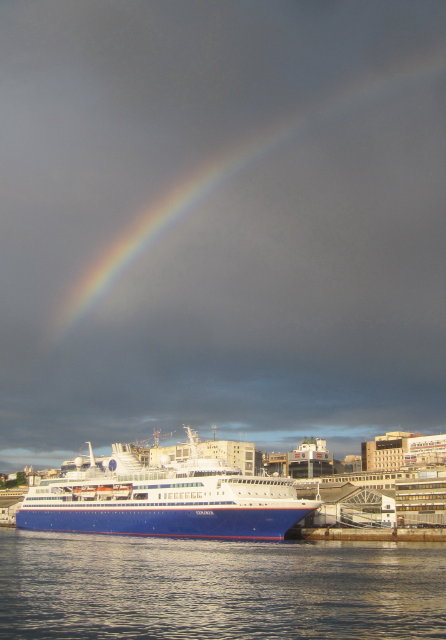
There are many scenic views on the island—looking towards both Salvador to the west and mountains to the north—and what must be vibrant shops to serve summer visitors.
As we head back to Salvador the skies turn dark with rain clouds and a rainbow breaks out directly over our ship in the harbor. (People frequently ask me for photos of the ship but it is very difficult to capture its entire length. Being out on the ferry coming back in gives me a chance to try. On the other hand, it is dwarfed by the large cruise ships that sometimes dock with us in the harbors. An enormous ship comes in late in the night and we ask our crew how many people are likely on it. They tell us that the way to calculate the total number of passengers and crew is to count the number of lifeboats. They count enough for 3,000, compared to our near-1,000.)
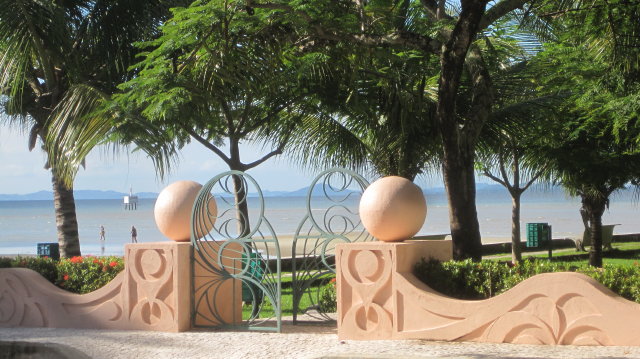 Later that night Karen and I take a taxi, again, to go a mere two blocks to attend a concert of Mozart and Beethoven symphonies by the Orquestra Sinfonica Da Bahia under the conductor Rodrigo Blumenstock. The music is first rate with both conductor and players quite young. The perfect venue is in the Lower City (Cidade Baixa) in the historic Igreja da Conceicao da Praia. Built 1739-1765 and featuring the Portuguese pedra de lioz, a marble-like stone brought in the trans-Atlantic sailing ships as ballast. It is a baroque feast for the eyes and senses—particularly beautiful in candle and gaslight. Both the famous trompe-l’oeil ceiling and acoustics are superb.
Later that night Karen and I take a taxi, again, to go a mere two blocks to attend a concert of Mozart and Beethoven symphonies by the Orquestra Sinfonica Da Bahia under the conductor Rodrigo Blumenstock. The music is first rate with both conductor and players quite young. The perfect venue is in the Lower City (Cidade Baixa) in the historic Igreja da Conceicao da Praia. Built 1739-1765 and featuring the Portuguese pedra de lioz, a marble-like stone brought in the trans-Atlantic sailing ships as ballast. It is a baroque feast for the eyes and senses—particularly beautiful in candle and gaslight. Both the famous trompe-l’oeil ceiling and acoustics are superb.
